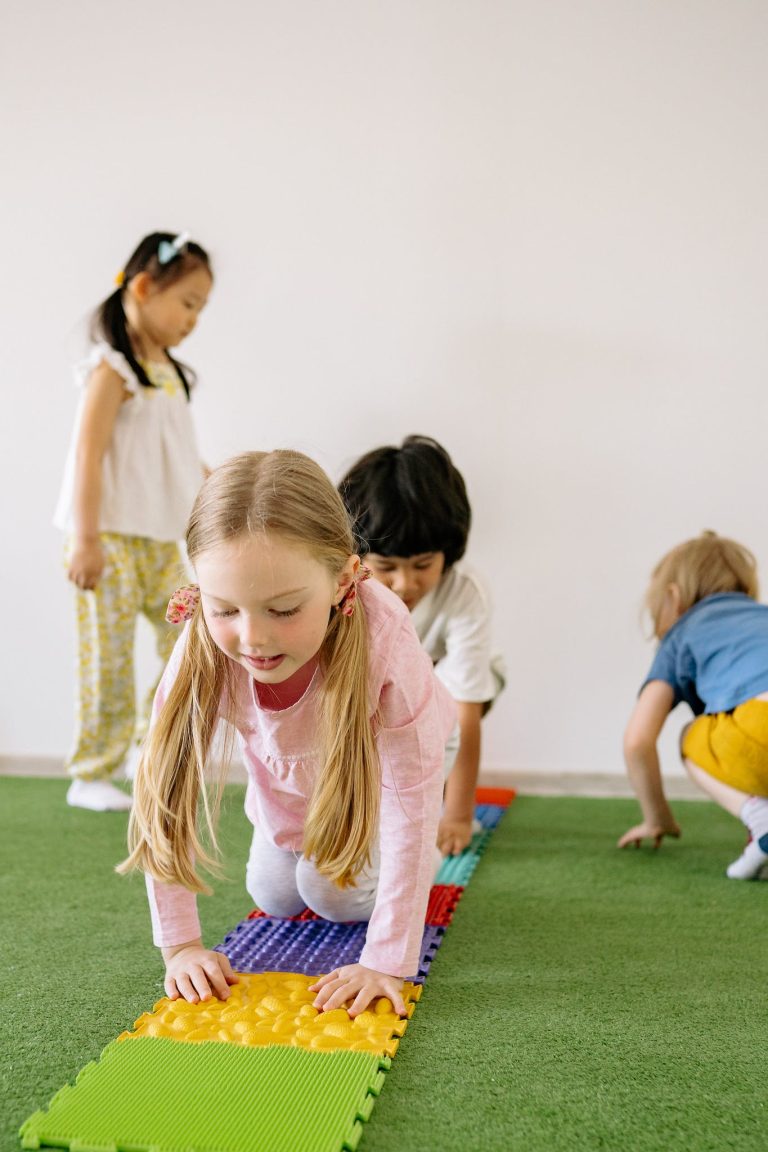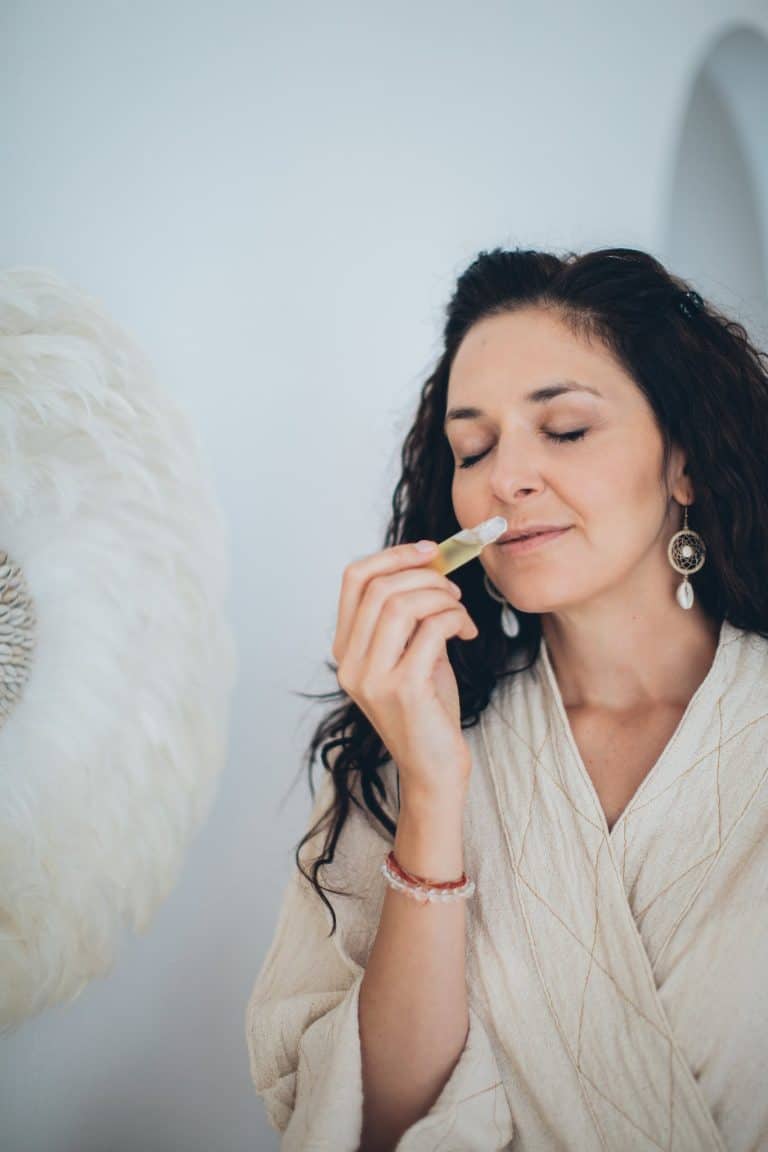How to Start a Sensory Bin Business: A Step-by-Step Guide
How to Start a Sensory Bin Business: A Step-by-Step Guide

Table of Contents
Starting a sensory bin business can be an exciting and rewarding venture, combining creativity, education, and entrepreneurship. Sensory bins are increasingly popular for their developmental benefits and calming effects. Here’s a step-by-step guide to help you start your own sensory bin business.
Here is how to start a business from the US Small Business Administration.

Step 1: Research and Plan
Market Research: Start by researching the market. Identify your target audience—parents, teachers, therapists, and caregivers. Analyze competitors to understand what products are popular and where there are gaps in the market.
Business Plan: Develop a detailed business plan outlining your business goals, target market, product offerings, pricing strategy, and marketing plan. Include financial projections and budget requirements.

Step 2: Define Your Product Line
Product Types: Decide on the types of sensory bins you want to offer. Options include:
- Made-to-Order Sensory Bins: Pre-designed bins with specific themes like nature, holidays, or seasons. Check out Mama of Joy.
- Custom Sensory Bins: Personalized bins where customers can choose themes, colors, and add custom elements like a child’s name or favorite things.
- Subscription Boxes: Monthly themed bins that subscribers receive regularly, such as holiday-specific bins (e.g., Christmas in December).

Step 3: Source Materials
Suppliers: Find reliable suppliers for sensory bin materials such as rice, beans, sand, miniature toys, and educational tools. Ensure that all materials are safe, non-toxic, and age-appropriate.
Inventory Management: Plan your inventory needs based on projected sales. Keep track of stock levels and restock regularly to avoid shortages.

Step 4: Set Up Your Business
Legal Structure: Choose a legal structure for your business (e.g., sole proprietorship, LLC) and register it with the appropriate government authorities. Obtain any necessary licenses or permits.
Branding: Create a memorable brand name and logo that reflect your business’s values and products. Design attractive packaging that is both functional and visually appealing.
Website: Develop a professional website showcasing your products. Include an online store, detailed product descriptions, high-quality photos, and a blog to engage customers.
Find a mentor with SCORE; SCORE mentoring is a free service offered to any aspiring or established owners of a U.S.-based business.

Step 5: Marketing and Promotion
Social Media: Utilize social media platforms like Instagram, Facebook, and Pinterest to showcase your products. Post regularly, engage with followers, and use hashtags to reach a wider audience.
Content Marketing: Start a blog on your website to share educational articles, DIY sensory bin ideas, and success stories. This can drive traffic to your site and establish your brand as an authority in the field.
Learn how to start a blog here.
Collaborations: Partner with influencers, mommy bloggers, and educators to promote your products. Offer free samples in exchange for reviews and social media posts.
Advertising: Invest in online advertising through Google Ads or social media ads to reach your target audience. Use targeted ads to maximize your budget’s efficiency.

Step 6: Launch Your Business
Soft Launch: Begin with a soft launch to test your products and processes. Offer a limited number of sensory bins and gather feedback from customers to make any necessary improvements.
Official Launch: Plan an official launch event or promotion. Offer discounts or special deals to attract new customers and create buzz around your business.

Step 7: Manage and Grow Your Business
Customer Service: Provide excellent customer service to build a loyal customer base. Respond promptly to inquiries, process orders efficiently, and handle any issues professionally.
Feedback and Improvement: Continuously gather feedback from customers and use it to improve your products and services. Stay updated on industry trends and incorporate new ideas into your offerings.
Expansion: As your business grows, consider expanding your product line or entering new markets. You might offer sensory kits for specific needs (e.g., calming kits for anxiety) or expand into educational institutions and therapy centers.

Starting a sensory bin business requires careful planning, creativity, and dedication. By following these steps, you can create a successful business that not only brings joy and learning to children but also provides a fulfilling entrepreneurial experience for yourself. Remember, the key to success is to stay passionate about your products and continuously adapt to meet your customers’ needs. Happy bin-building!







